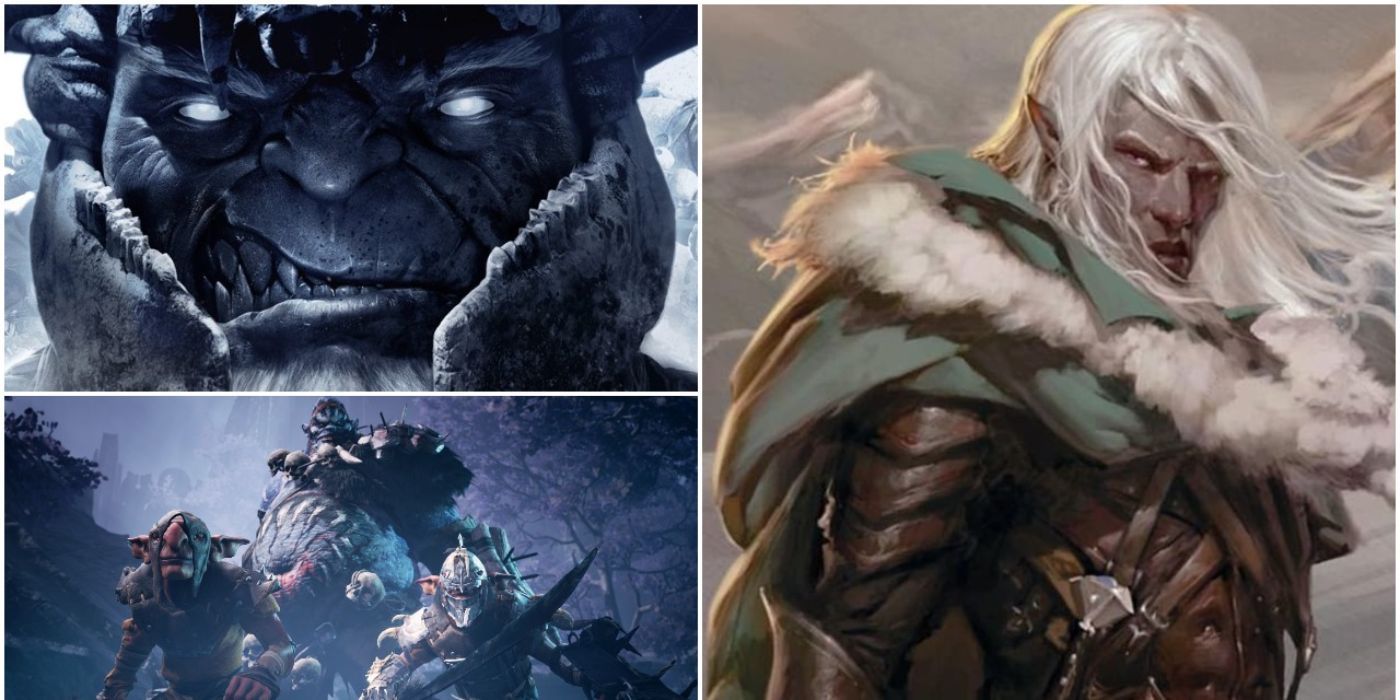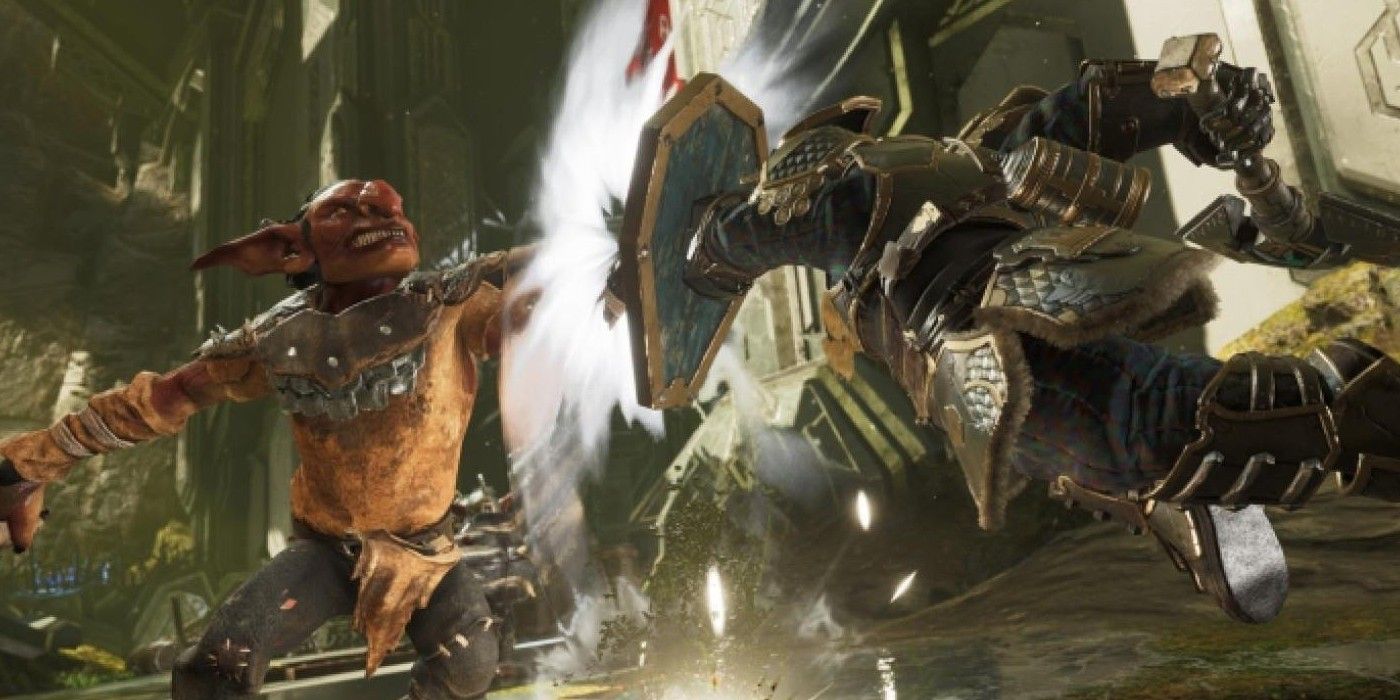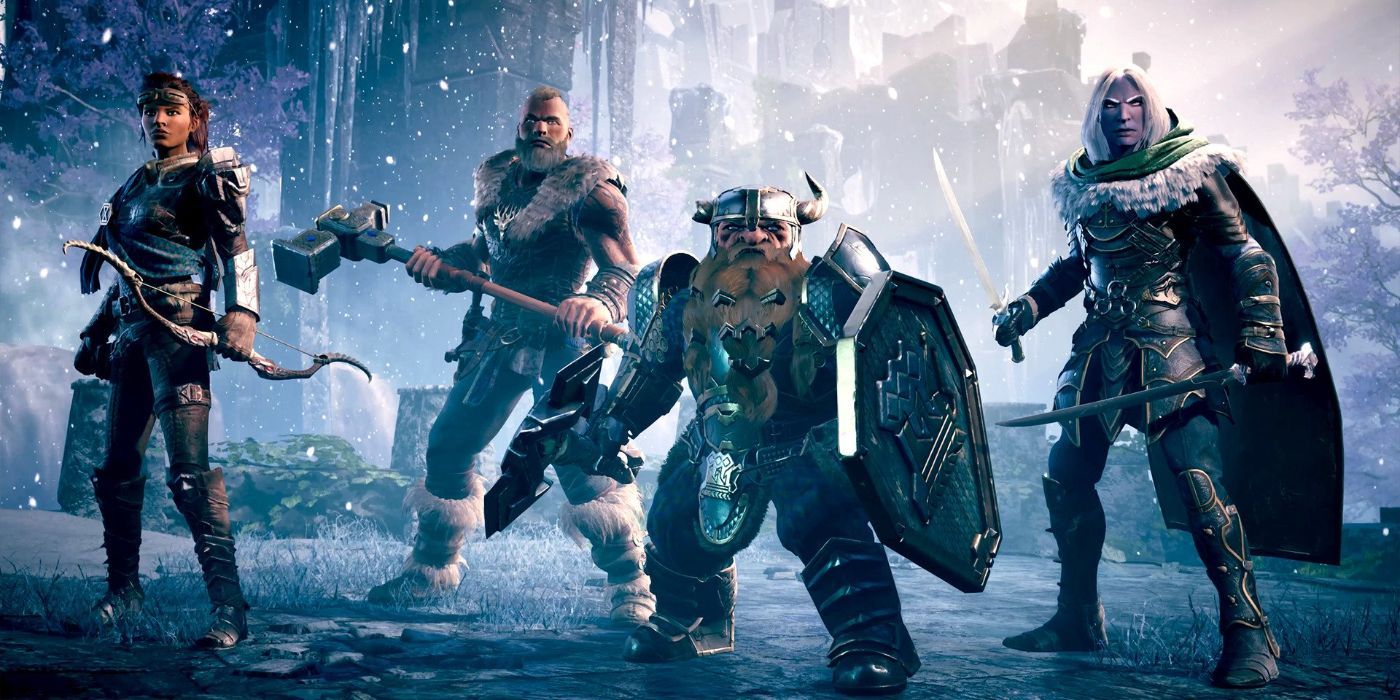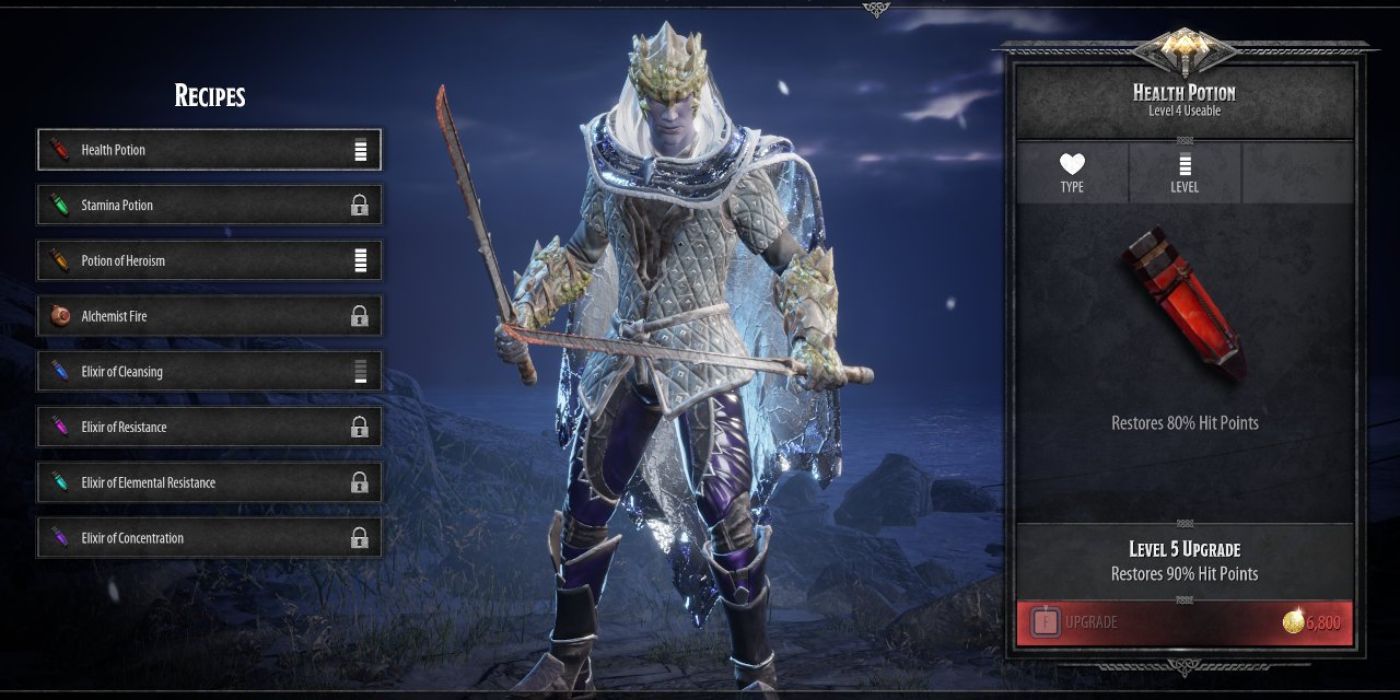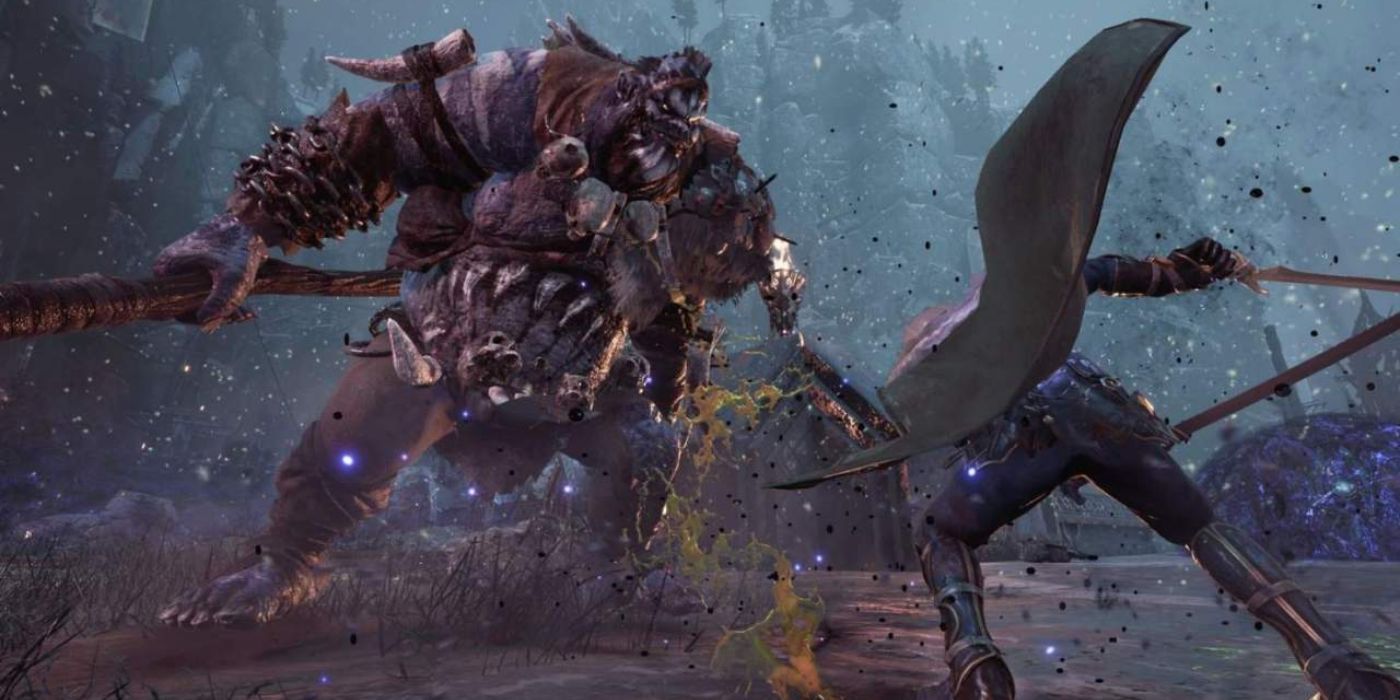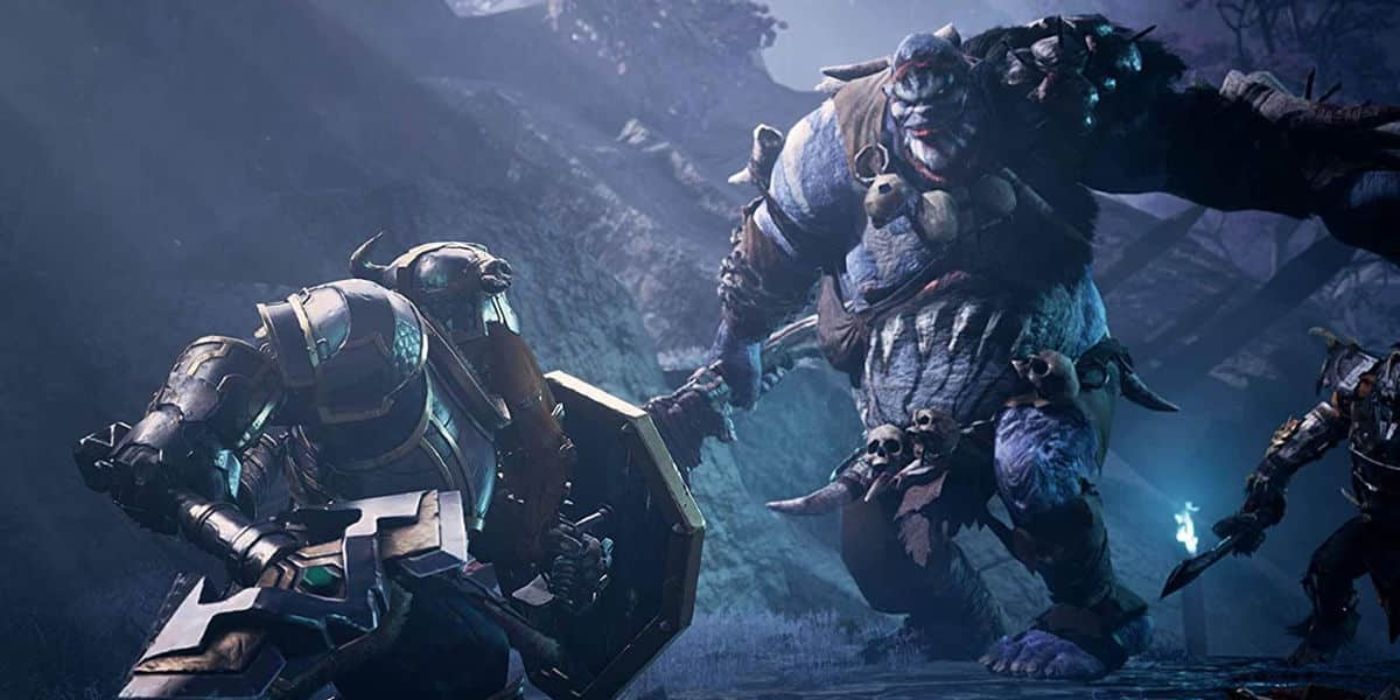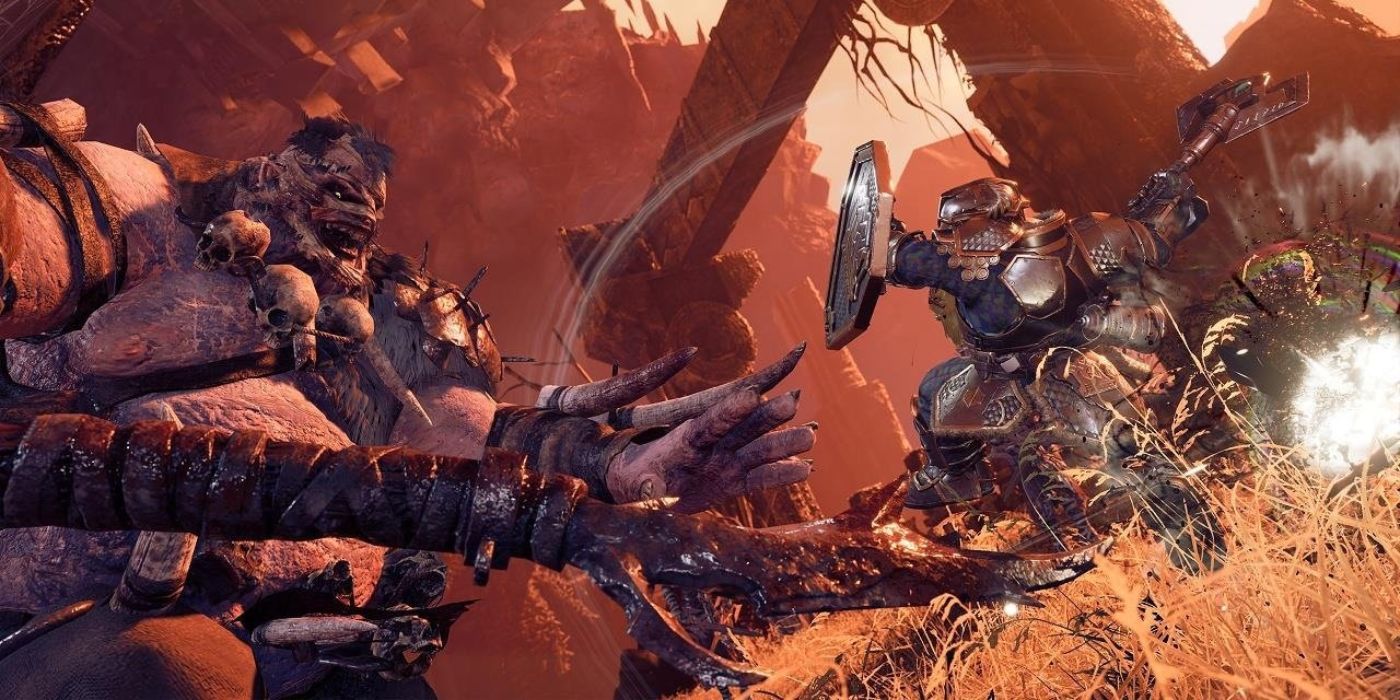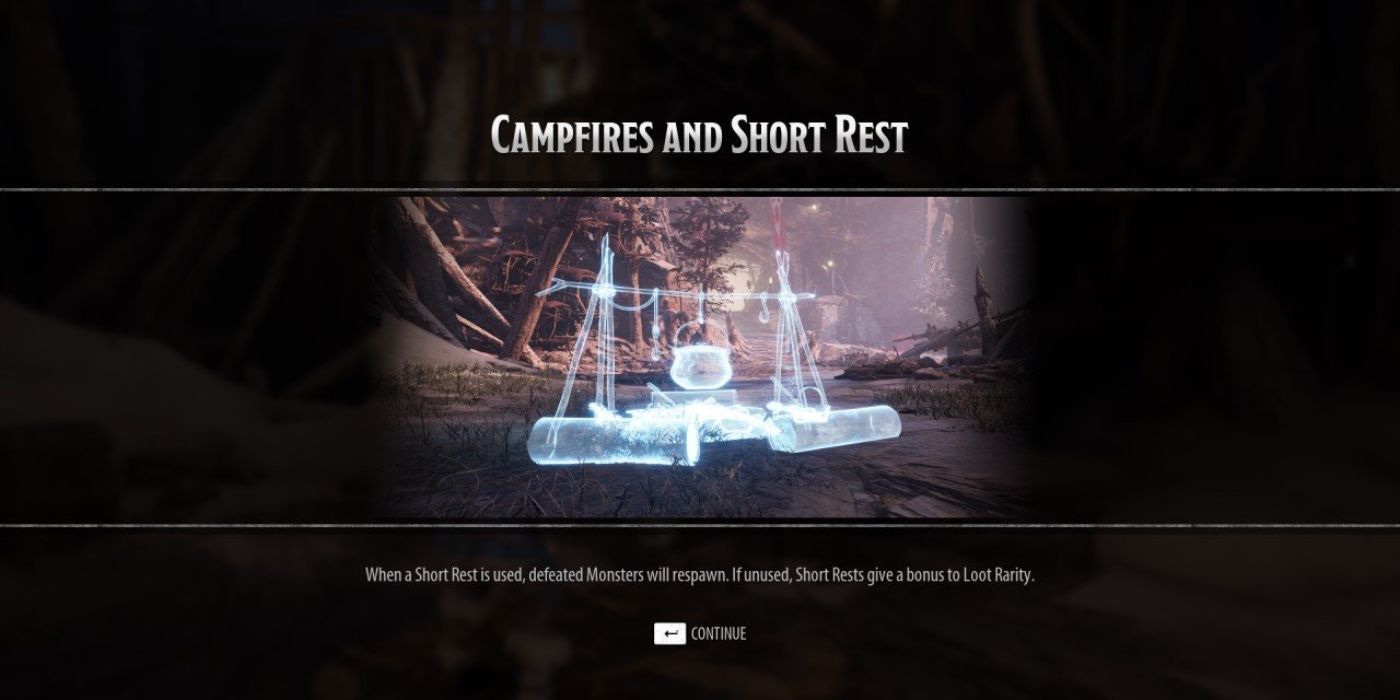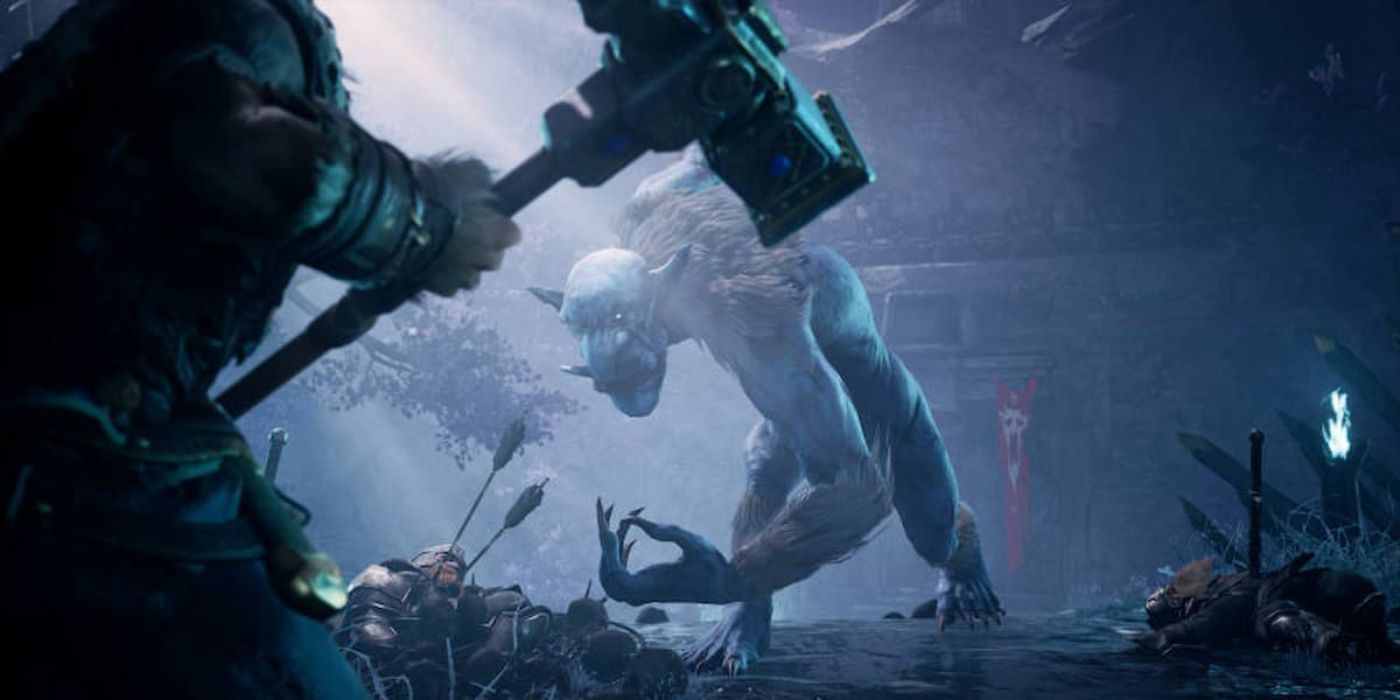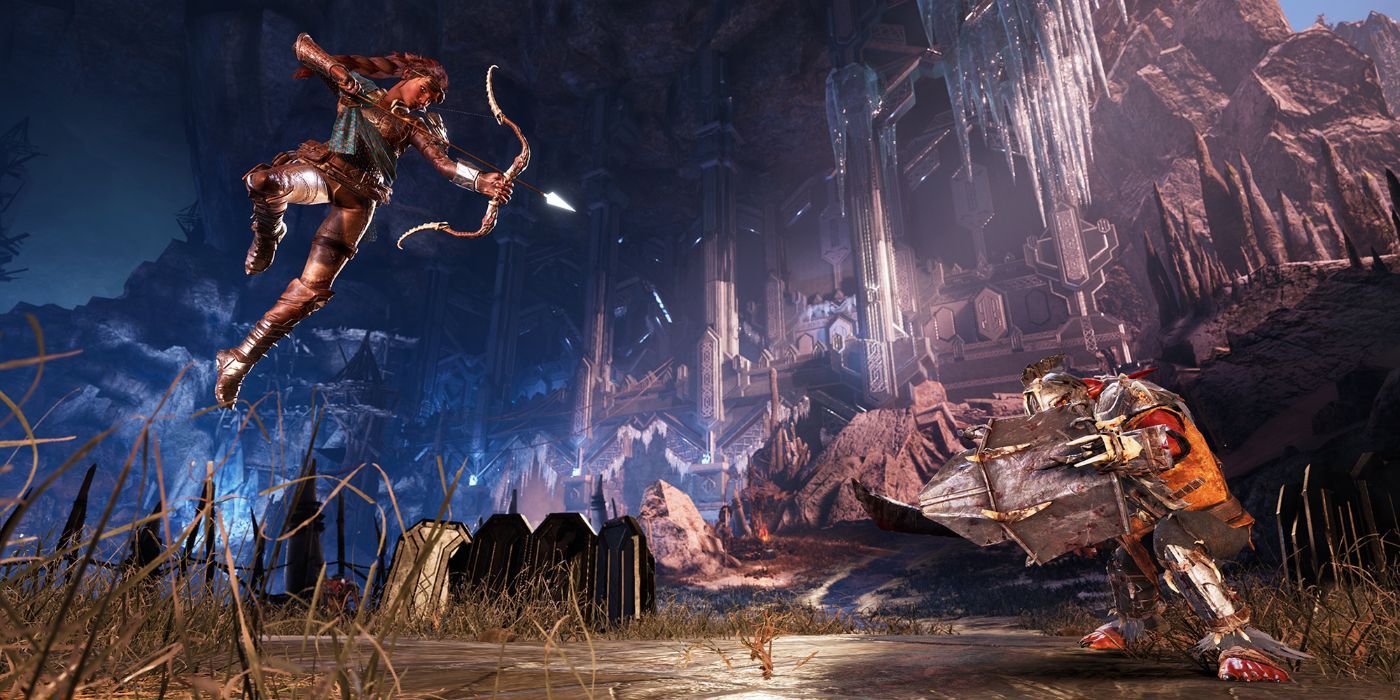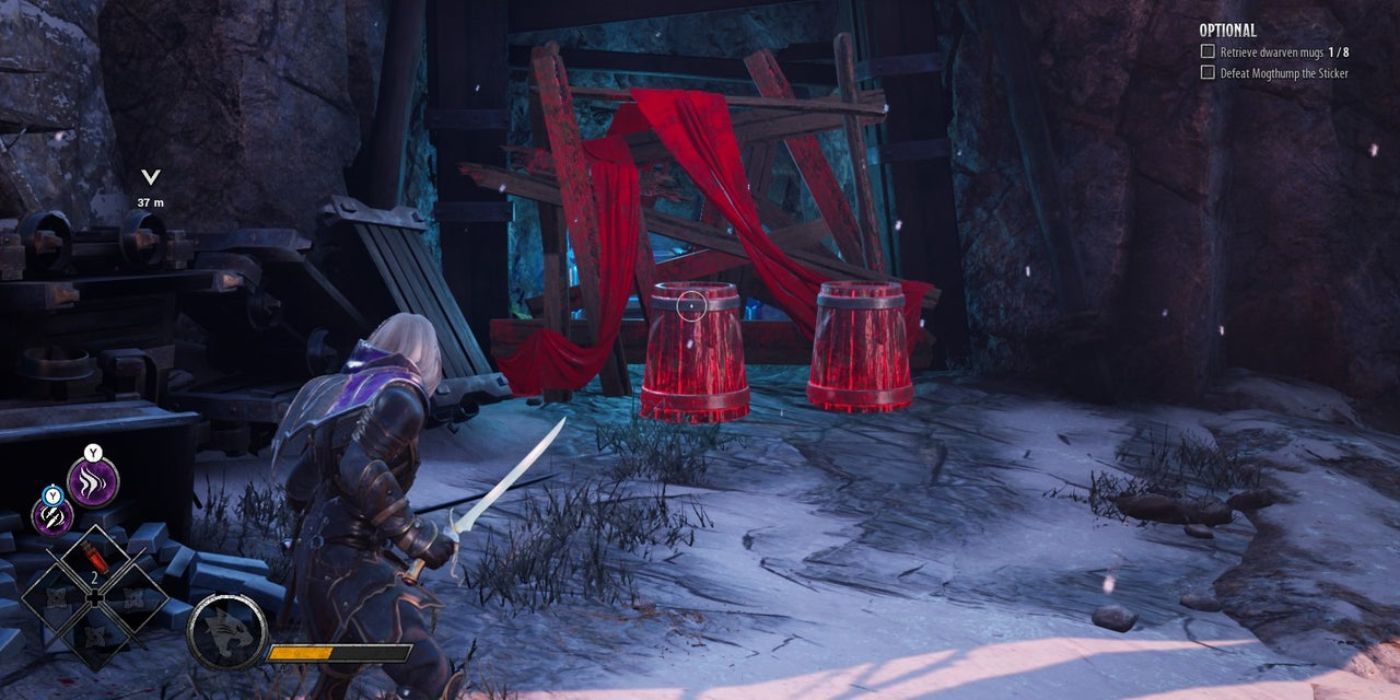The Dungeons & Dragons franchise has garnered much popularity since its debut in 1974. The attention that it has received sparked the creation of various non-tabletop additions to the franchise, most notably video games. There have been many D&D video games over the years, the most recent being Dungeons & Dragons: Dark Alliance.
Similar to its tabletop counterpart, Dungeons & Dragons: Dark Alliance emphasizes cooperation among players. It caters towards parties of four, and while singleplayer is optional, it offers many unique challenges. The lack of companions presents many difficulties, yet there are numerous ways to make solo-play more manageable.
10 Be Ready To Struggle
As stated before, Dungeons & Dragons: Dark Alliance is and always will be a co-op game at heart. It encourages players to come together rather than fighting alone, much like an average D&D campaign. A solo player must come to terms with this fact before starting a playthrough, as the game will be working against them.
There will be swarms of enemies, intensely difficult bosses, and unfavorable conditions that offer a fair challenge to parties. Being alone, however, makes these dangers much more strenuous. Be aware that playing solo the game will feel more akin to Dark Souls than a D&D campaign.
9 Pick The Best Character For You
Dungeons & Dragons: Dark Alliance allows players to take on the role of any of the four heroes of Icewind Dale: Drizzt Do'Urden, Cattie-brie, Bruenor Battlehammer, and Wulfgar. Each character holds certain strengths and weaknesses that suit certain playstyles. Without proper consideration, players may choose a hero unfitting of their preferred method of play.
This can lead to many unnecessary difficulties, especially when playing alone. To avoid this, a player should test each character in the Trials of Tempus the game's tutorial mission. Here, a player can effortlessly use each hero and determine which suits them best. While it requires time, it is better for a player to make an informed decision.
8 Upgrade & Stock Up On Potions
There is a wide variety of potions that players can utilize within this game. Every elixir grants beneficial effects which can easily turn the tide of battle. However, it is easy to overlook the importance of potions in favor of gear, abilities, and feats. This is a dire mistake, especially when playing alone.
A player must be sure to not only stock up on potions, but upgrade them as well. As a player progresses. so will the difficulty meaning, that they will require more powerful elixirs. To upgrade a potion, a player must speak to the merchant and go to the Upgrade Usable tab. Here, they can boost a potion's effects making them far more useful.
7 Use Self-Sufficient Builds
Every character offers unique gear, feats, and abilities for players to choose from. This allows each hero to better suit roles in a party or effectively deal with certain issues. However, builds differ significantly depending on if a player is with others or by themselves. Co-op builds focus on supporting others, while solo builds serve the player alone.
Typically, solo builds should focus on taking out enemies as quickly and effortlessly as possible. Being alone means that foes can easily swarm and overwhelm a player. Dealing devastating amounts of damage ensures that this danger is far more manageable. For instance, Drizzt Do'Urden can focus on inflicting high critical damage, allowing him to swiftly dispatch a profound number of enemies.
6 Know Your Limits
In Dungeons & Dragons: Dark Alliance, every mission has numerous difficulties each with its own challenge rating. Like challenge rating in tabletop D&D, it serves as an indicator of how hard a mission may be. Groups of players may be capable of tackling challenge ratings well above their level, yet solo players are not.
Playing this game alone makes combat very difficult. Because of this, a player should never go beyond the recommended challenge rating. Even participating in a mission only slightly above a player's capability pits them against nearly insurmountable odds.
5 Play Cautiously
Their roles as the most renowned heroes of Icewind Dale may lead players to feel invincible. They may rush into combat thoughtlessly, and take on foes well beyond their skill. While the consequences are less severe for parties, solo players must endure punishment with absolutely no mercy.
Mistakes are exceedingly costly when playing Dungeons & Dragons: Dark Alliance alone. A missed attack, untimely parry, or other reckless action almost always results in a player's death. Therefore, being cautious is by far the most important element to surviving Icewind Dale's dangers alone.
4 Always Take Short Rests
During missions, players may take Short Rest to recoup, resupply, and mark a checkpoint. However, players may also forfeit the Short Rest to increase the rarity of dropped loot. It is a difficult decision that depends on the status of the party. Lone players, however, should never give up a short rest no matter their condition.
Parties can reject Short Rests with little risk, but a single player does not possess that luxury. If a player dies, they must restart from their last checkpoint or even spawn. Additionally, previously slain enemies will respawn as well, making the trip back a perilous one. Despite the effectiveness of high rarity loot, solo players will benefit much more from taking Short Rests.
3 Understand Enemies
Dungeons & Dragons: Dark Alliance features many of the most notable enemies of the D&D universe. The Crystal Shard, Crenshinibon, has garnered the attention of various dark creatures. Everything from goblins to cultists seek its power, granting players a diverse selection of foes they must face. The expansive lists of enemies creates many difficulties for parties, and even more for a single player.
Enemies bear different attacks, strengths, and weaknesses that a player must learn. Parties can face most enemies without much consideration for every one of these elements. Solo players, though, must carefully and quickly understand every aspect of their foes. Failure to do so is fatal to players adventuring alone.
2 Determine The Greatest Threat
Enemies in Dungeons & Dragons: Dark Alliance hold similar roles to that of players. Different foes can act as tanks, fighters, or supporters providing various challenges to players. Parties can effectively divide their attention to deal with multiple threats. Single players, however, cannot.
A solo player should scan the battlefield and determine which enemy poses the greatest threat. This allows them to target potentially problematic foes, and dispatch them before difficulties arise. Moreover, doing so will effectively cripple the remaining enemies, making them easier to eliminate.
1 Utilize Environmental Hazards
Many hazards in the game can harm or deter players during fights. These dangers include poisonous ground, cursed areas, explosive barrels, etc. Without caution, players can easily fall victim to these hazards; however, enemies are susceptible to them as well.
Using the surrounding dangers can easily provide solo players with a much-needed edge over foes. Environmental dangers can deal massive amounts of damage within seconds posing a threat to nearly anything. Learning how to use these hazards against enemies takes time, but the benefits are well worth it.

